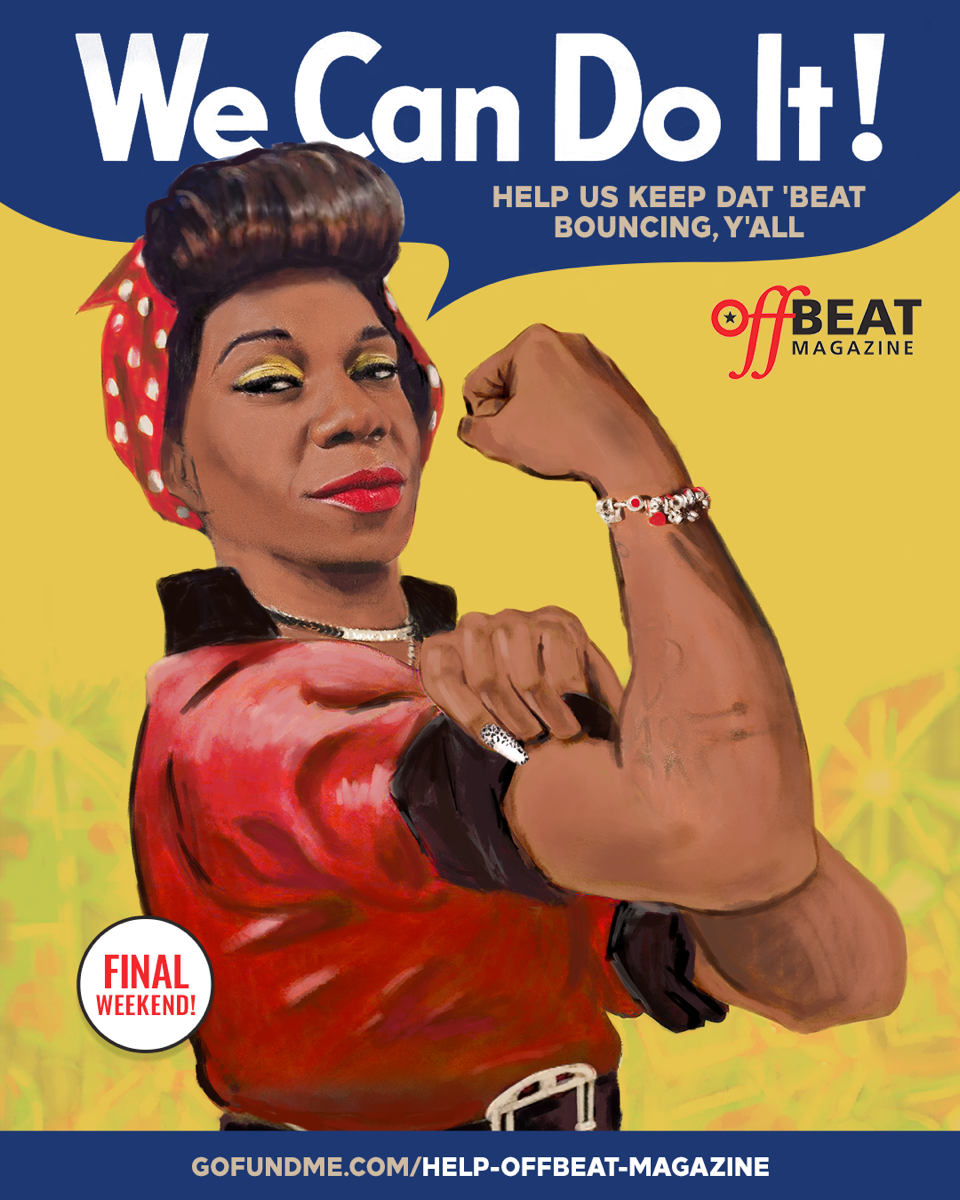Grief is not an emotion that invites comparisons. It is an overwhelming, supernatural sense of loss that is an essential part of human consciousness, the realization that a part of all of us has passed along with the loved one who is now gone from our immediate lives.
The litany of losses that shocked New Orleans in the early summer of 2019 may not have culminated with the death of Art Neville—because who knows what mi...




